- Why is cloud technology so promising?
- What is a cloud-based application?
- Types of cloud deployment solutions
- Types of cloud-based applications
- Development of cloud-based web application
- Cloud Application Development: Tech Stack
- An important aspect of cloud-based web application development
- How do cloud applications work?
- Build your cloud-based application with Idea Usher
- FAQ
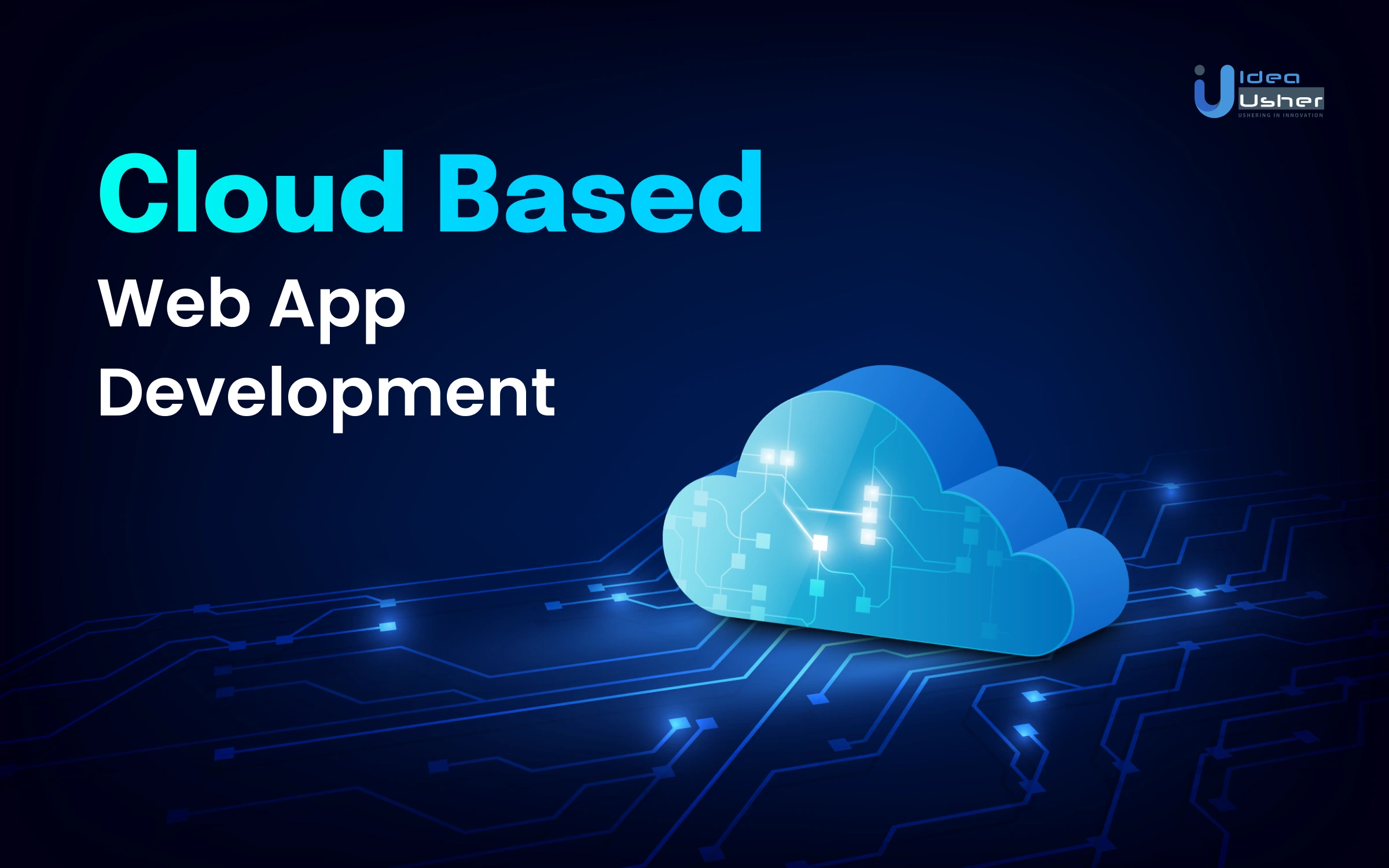
Businesses are utilizing cloud technology as it is incredibly beneficial. As per the report by Statista in 2022, over 60 percent of all corporate data is stored in the cloud. Cloud technology leads to cost reduction on performance and devices. With data safety and enhanced performance, it provides businesses with growth opportunities. Thus, it is brilliant if you switch to cloud-based apps. This article will explain the development process of a cloud-based web application, some pitfalls, and how to avoid them. So let’s get started!
| Market size value in 2022 | USD 545.8 Billion |
| Market size value in 2027 | USD 1,240.9 Billion |
| Growth rate | CAGR of 17.9% |
- Why is cloud technology so promising?
- What is a cloud-based application?
- Types of cloud deployment solutions
- Types of cloud-based applications
- Development of cloud-based web application
- Cloud Application Development: Tech Stack
- An important aspect of cloud-based web application development
- How do cloud applications work?
- Build your cloud-based application with Idea Usher
- FAQ
Why is cloud technology so promising?
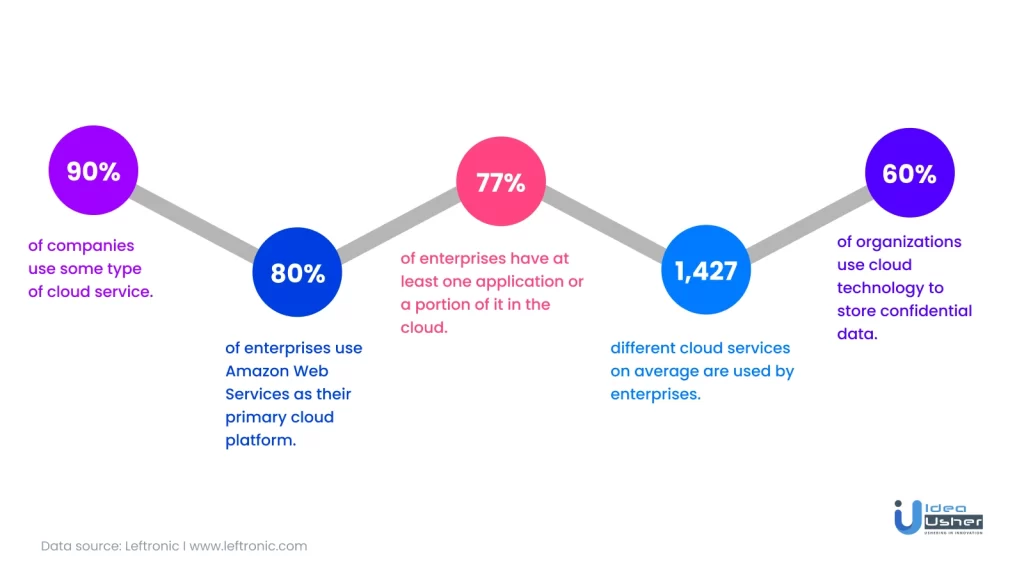
Cloud technology is cost-efficient, scalable, reliable, and offers efficient data processing. When you use a conventional hardware server, you have to pay for onsite hardware and capital expenses. If your business scales fast, it can cost more than average. This is why cloud servers are cost-efficient because they can be added as needed, unlike hardware servers. You pay for what you use as the cloud solutions are ”on-demand”.
Cloud services provide scalability whenever you want. All you need to do is buy additional space in the cloud. Whereas in the case of hardware services, you might have to set up an extra server which can be time-consuming and costly.
Cloud storage is ideal for efficient data processing. It eases the acquisition of information related to user experience with the app. It provides the opportunity to improvise apps based on the responses and feedback.
Additionally, when you use cloud storage, you don’t have to worry about maintaining the server’s infrastructure. The cloud provider handles all server-related issues, such as bugs, backsets, and other server-related errors. So, in the end, your responsibility narrows down to the product’s upkeep.
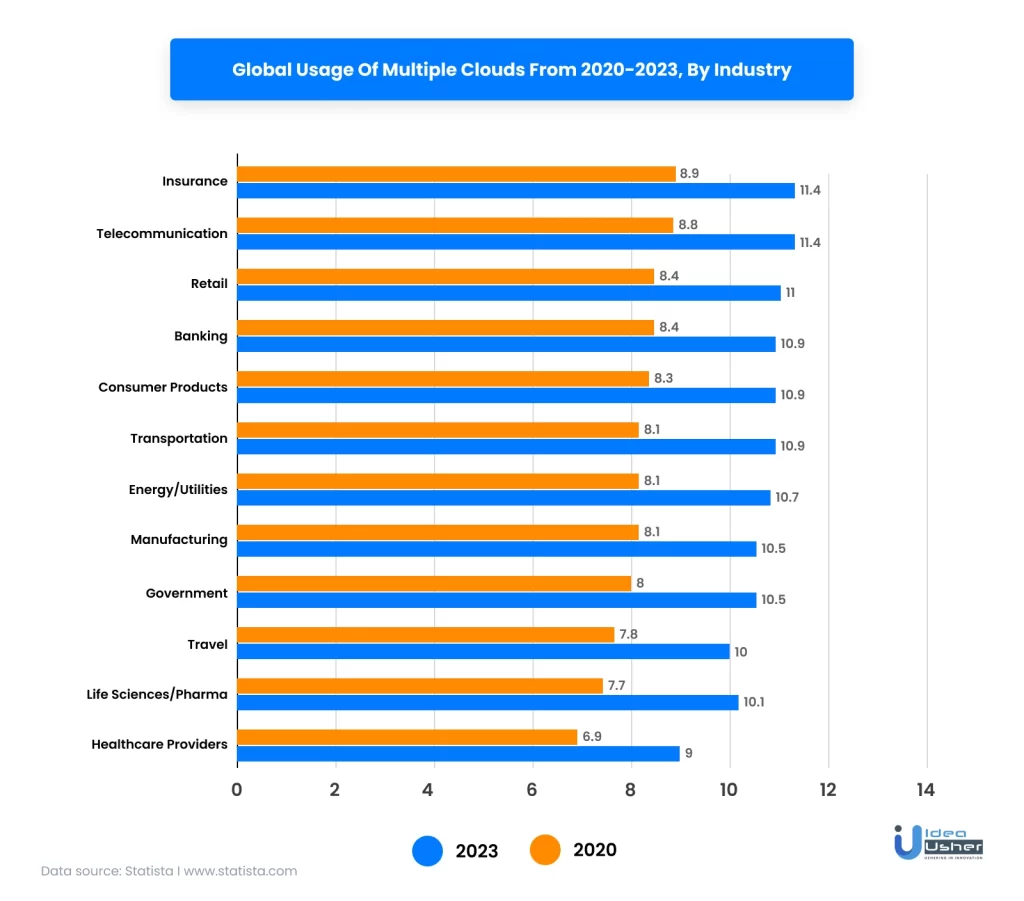
What is a cloud-based application?
A software program that combines local and cloud-based components are known as a cloud application. This paradigm uses distant servers that are accessible by a web browser and an ongoing internet connection to process logic/codes. Cloud servers are typically located at data centers run by a third-party cloud services infrastructure provider. Tasks like email, file sharing, and storage, inventory management, financial accounting functions, etc., are usually performed by cloud-based applications.
Types of cloud deployment solutions
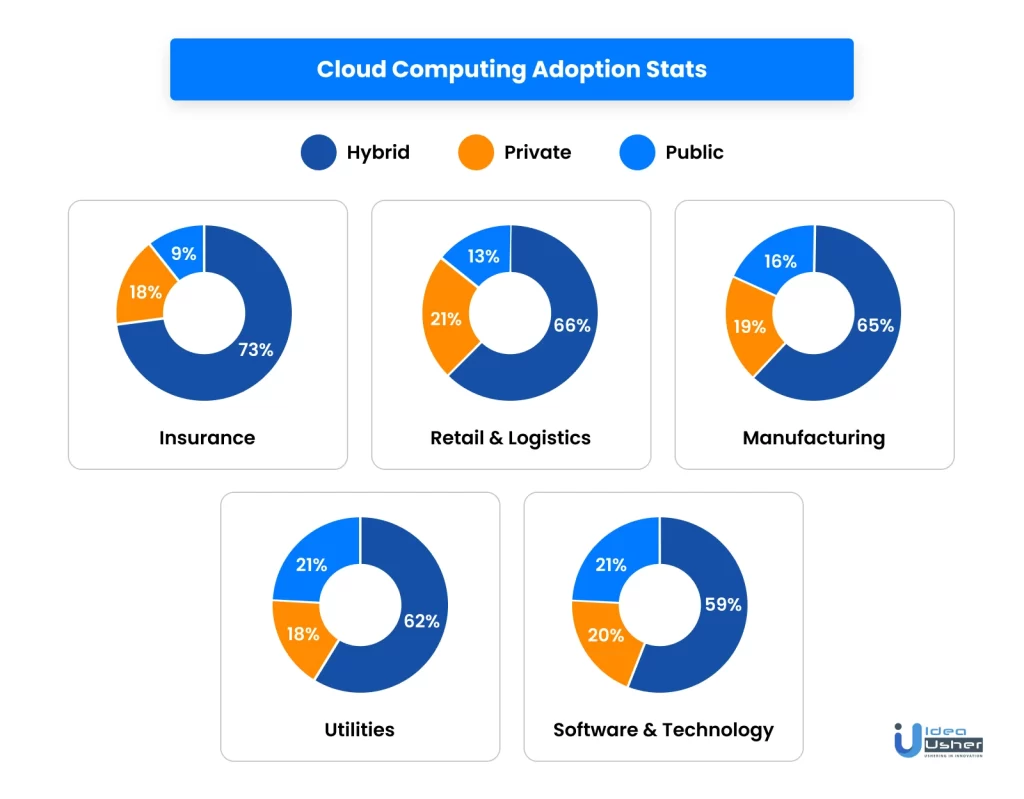
1. Private cloud
With a safe environment for apps, the web, and data, this performs as a private web system. A single firm with no public access uses a private cloud service.
2. Public cloud
Only authorized devices have access to the data in the public cloud resource. Public clouds often provide the best combination of cost and processing flexibility.
3. Hybrid cloud
Hybrid is regarded as both public and private when developing cloud applications. In addition to other deployment and optimization options, this system allows you to divide the data across third-party apps and on-device services.
4. Community cloud
Deploying a community cloud is comparable to doing so for a private cloud, except here, different businesses are sharing the data. The community cloud can be used, for instance, when a nation’s government has several internal departments that require the same infrastructure and resources.
Types of cloud-based applications
Based on app architecture, there are three types of cloud-based web apps:

1. Software as a Service (SaaS)
The most popular kind of cloud app is SaaS. These apps don’t use the clients’ devices; instead, they operate on hardware from a third party, and the software is hosted remotely. Customers aren’t required to spend money on expensive hardware or pay licenses for each software update, which is the main benefit of using SaaS.
Cloud computing examples
| Company | Location |
| Salesforce | San Francisco |
| Zoom Video Communications | San Jose |
| StreamNative | Fully Remote |
| Slack | San Francisco |
2. Infrastructure as a Service (IaaS)
IaaS requires middleware and app support from the client’s side. The IaaS owners provide additional support to the customers responsible for building a special programming bridge between the application and the operating system. The approach helps businesses to build a customized product without developing the basic components from scratch.
Cloud computing examples
| Company | Location |
| Finix | San Francisco |
| DigitalOcean | NewYork |
| IBM | Armonk, New York |
| VMWare | Palo Alto |
3. Platform as a Service (PaaS)
This type of cloud-based web application development requires the application code from the client side. PaaS providers let customers use their hardware (including storage) and basic development software (ready-made solutions). It basically rents everything you need to develop a cloud web app. PaaS application is highly flexible and constantly updates, making it an easy pick and cost-efficient among developers.
Cloud computing examples
| Company | Location |
| Acquia | Boston |
| Apexon | Chicago |
| PagerDuty | Fully remote |
| Amazon Web Services | Seattle |
| Heroku | San Francisco |
Development of cloud-based web application
1. Analysis of the market and requirements
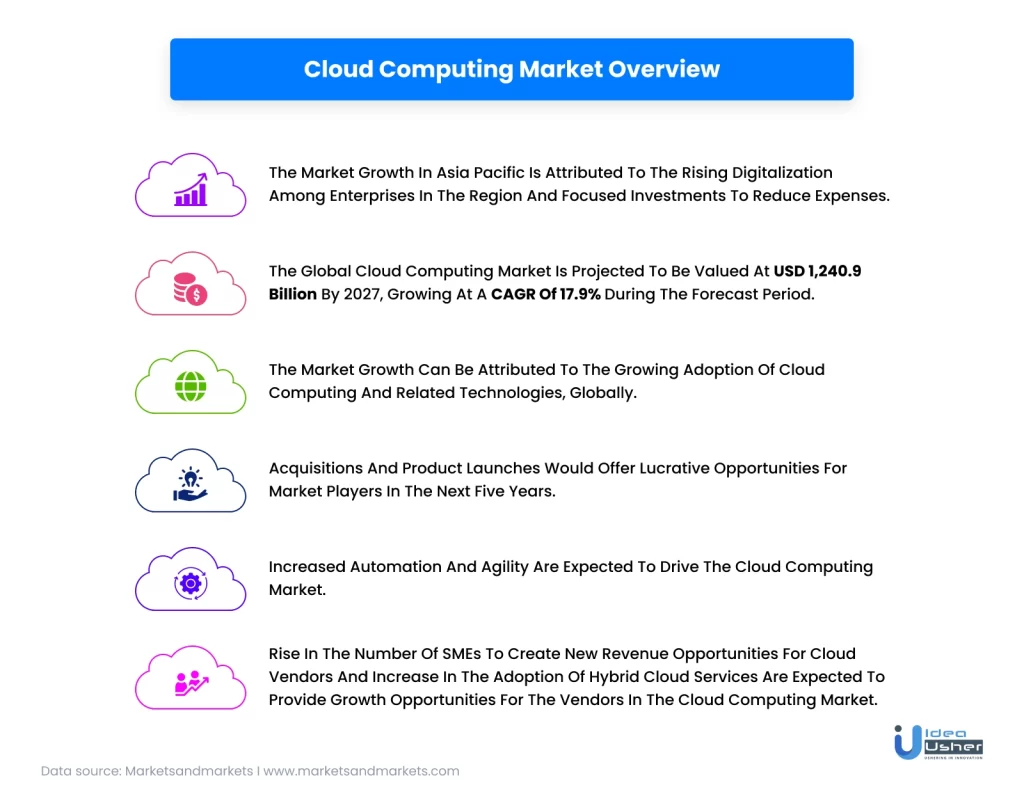
- Determine which apps are eligible for transfer to the cloud and an efficient cloud deployment plan for your company by examining the market requirements for applications.
- When conducting research, keep in mind the objectives of your company and the essential elements for it to run smoothly (such as time, funds, etc.).
- Conduct market research to comprehend the problems that your potential customers will have so that you can develop a worthwhile business solution that will meet their requirements.
- A distinctive and competitive final product that appeals to your target market may be created by researching rivals in the particular domain, feature sets, and business methods.
2. Hire a development team
- Some options include hiring a freelancer, building an in-house development team, and outsourcing the project to a third party.
- However, we recommend outsourcing the project development to a third party.
- When you hire a third party to handle your cloud development, your chances of creating profitable software increase.
- You may quickly acquire a business model analysis, an app development cost estimate, and a project planning report from a reputable cloud app development firm.
- Your cloud application developers will collaborate with you to design the app idea, determine the app’s MVP features, and construct an app workflow before you begin the real development process.
- On the other hand, you may manage the development process if you have an in-house development team.
- On the other hand, you can have a freelancer work for you or build an in-house team, but that can be a costly choice. You might have to pay for devices, software, taxes, in-house staff salaries, etc. In fact, you may not acquire the promised skills and final product within the deadline.
| Cloud app developers | Where to hire from |
| Freelance developers | UpworkFiverrFreelancer |
| In-house team | IndeedGlassdoorLinkedIn |
| Outsourcing companies | GoodFirmsClutchItFirms |
3. Architecture and feature planning
- You must decide on the app architecture, service model, and cloud migration to streamline and improve the development of cloud computing apps. The performance of your product would be affected by these choices.
- Therefore, it would be best to discuss it with the specialists to find alternatives that suit your company.
- Experts can help you determine the best tech stack based on your design, requirements, features, and budget.
- Experienced cloud app developers advise using modern cloud architecture based on microservices.
- Any aforementioned cloud services (IaaS, SaaS, and PaaS) may be used for the service model.
- Additionally, you may use cloud migration to transfer your company’s data to a cloud server for faster processing and accessibility.
4. Development, testing, and deployment
- Agile and Scrum development approaches are used to create cloud applications.
- Typically, the development process is divided into sprints, each of which lasts ten working days.
- When developing such solutions, it is crucial to use cloud-native apps since they allow for more customization and hassle-free operations.
- Prior to release, the product must undergo many quality assurance procedures.
- If your cloud application offers the expected user experience, this is compliant.
- Finally, when the app is ready, the following app deployment steps need to be taken:
- Publish the app on Google Play (Android) or App Store (iOS)
- Ensure the application follows the guidelines Google Play and App Store set.
- Fill in the data and description and submit for review.
- The app will be tested in accordance with the requirements by the store’s team to ensure that it operates faultlessly.
- Later, your application will be accepted or rejected in 2-3 days.
- If rejected, work on the bugs and re-publish the application for review.
Cloud Application Development: Tech Stack
1. Programming Languages, Frameworks, Libraries, & IDEs
- Angular Fullstack
- AngularJS
- Bootstrap
- Chalice
- Compliance Sheriff
- Django
- Django REST Framework
- ExpressJS
- GraphQL
- JetBrains PyCharm
- JetBrains Webstorm
- NodeJS
- NPM
- Passport SAML
- Python
- ReactJS
- Redux
- Socket.io
- WAVE (Chrome Pugin)
- Webpack
- Yeoman
- Zappa
2. API Platforms
- Amazon API Gateway
- Mule Anypoint Platform
3. Databases, Tools, & ORMs
- Amazon Aurora
- Amazon RDS
- DynamoDB
- Jetbrains DataGrip
- MongoChef
- MongoDB
- Mongoose
- MySQL
- Oracle DBMS
- pgAdmin
- PostgreSQL
- Psycopg2
- Sequelize
- Toad
4. Continuous Development & Delivery
- Amazon CodeBuild, CodeCommit, CodeDeploy, CodePipeline, Device Farm
- Appium.io
- Atlassian Jira Cloud*
- BitBucket Cloud
- BrowserStack
- DataDog
- Gitlab Cloud
- Jenkins
- Locust.io
- Rollbar
- Saucelabs
5. Application Platform
- Chef
- Amazon CloudFormation, Cognito, EC2 Container Service, Lambda
- RedHat OpenShift Dedicated
- RedHat OpenShift Origin
6. Test-Driven Development
- Balsamiq
- Cucumber
- Gherkin
- Jasmine
- Karma
- Lucidchart
- Mocha
- Robot Framework
- Selenium
An important aspect of cloud-based web application development
Here are a few factors to ponder before starting to create cloud-based applications:
- Cloud-based web app development requires deeper interactions between programmers, data architects, designers, and QA managers.
- Developers are required to be familiar with diverse cloud platforms.
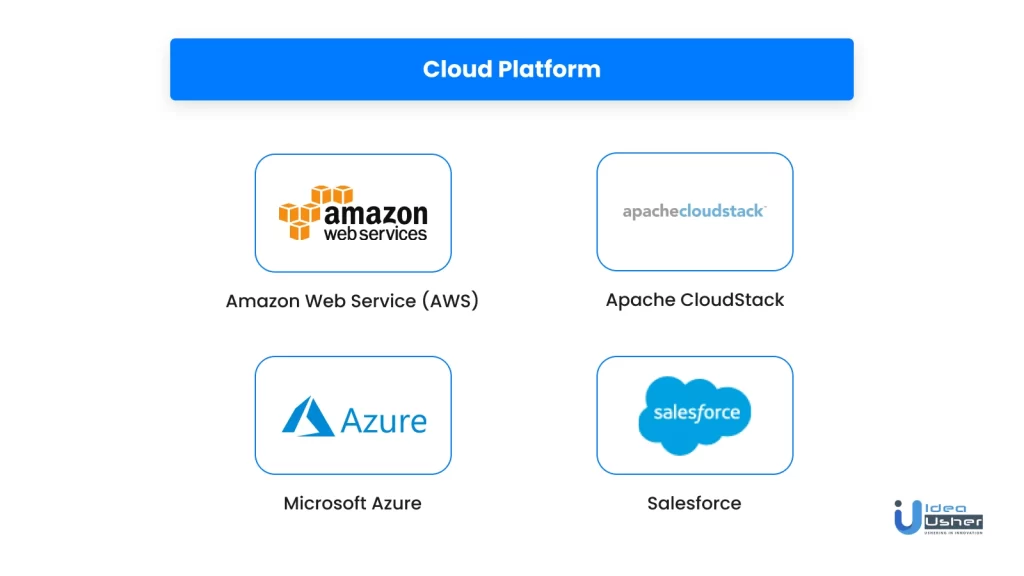
- Developers should take care of additional connectivity regarding CDNs (content delivery networks) and APIs (application programming interfaces).
- The final solution should be scalable and flexible, and it must be taken care of by the development team.
- Condensed user requests and data size optimization should be at the top of development priorities since cloud-based apps can be technically unlimited in size, and cloud hosting is not free.
- App architecture in the form of a codebase needs to be stored separately from the other data to ensure data safety over the cloud.
- For cloud-based applications, security is always a threat when working with the database. Some preventive measures can be taken into account, like using a private cloud, utilizing firewalls, limiting access, alert notifications, etc.
- The app architecture must be developed wisely as it is responsible for communication between data and the services while organizing these services into the application.
- Scalability must be considered for a cloud-based app, so it can handle traffic surges.
How do cloud applications work?
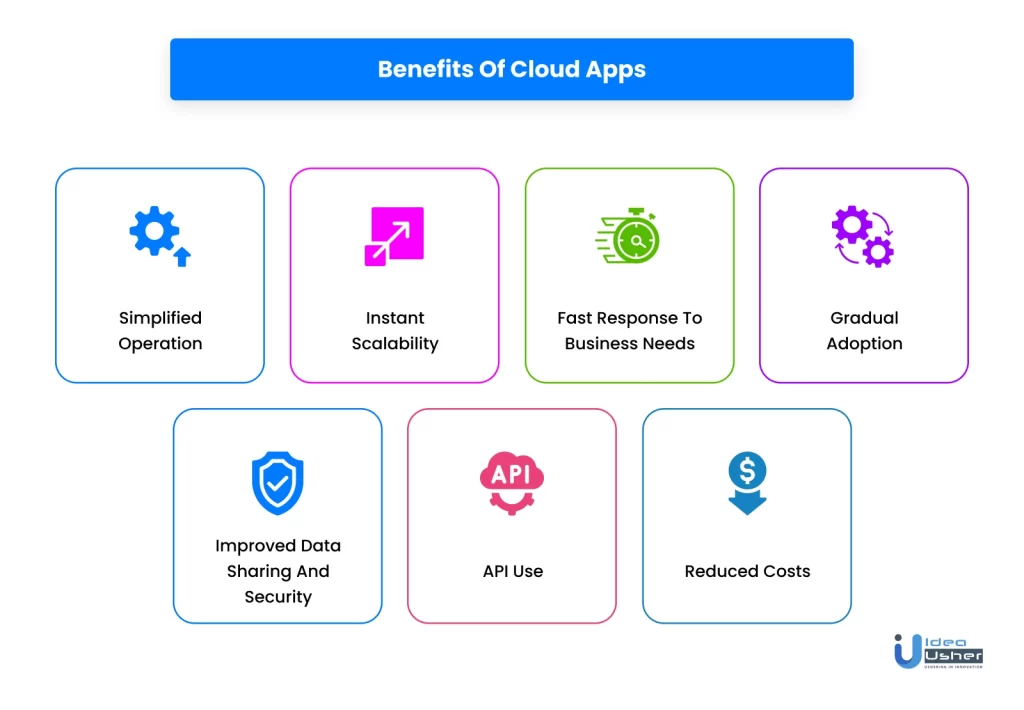
A remote data center, often run by a different company, is where data is kept and computation takes place. A backend provides many access methods and guarantees integration, uptime, and security.
Cloud applications offer rapid response and don’t need to stay on the local device forever. They have offline functionality and internet upgrade capability.
Cloud apps don’t always use up storage space on a computer or communication device, even when they are always under control. A well-written cloud application offers both the interaction of a desktop program and the mobility of a web application, supposing a sufficiently fast internet connection.
Build your cloud-based application with Idea Usher
Technology progress and outstanding user value are the cornerstones of cloud-based apps. However, for such benefits, businesses must fully embrace a digital revolution. Just be sure to move with the requisite innovation pace and have all the relevant cloud tools on board. Most of the time, using technology is only advantageous. So get in touch with Idea Usher for the development of a cloud-based web application. Our experts develop apps for the cloud using the best practices of DevOps to create scalable cloud solutions. We guarantee client satisfaction and complete transparency throughout the project development.
Get in touch now!
Contact Idea Usher at [email protected]
Or reach out at: (+1)732 962 4560, (+91)859 140 7140
FAQ
Q. Who is the largest provider of clouds?
A. Amazon Web Services is currently, by far, the largest cloud provider. According to certain estimates, up to 80% of firms may employ AWS cloud solutions. With 67% of businesses utilizing it, Microsoft Azure isn’t behind.
Q. Will the cloud ever crash?
A. The cloud’s individual servers are prone to failing. According to data on cloud computing, hardware damage is the most common cause of crashes. The thought of the entire cloud collapsing, however, is extremely implausible, if not outright impossible.
Q. What distinguishes cloud apps from web applications?
A. A cloud-based application is one that runs in the cloud and behaves both like a web-based and a native desktop application. A web-based application requires downloading some or all of its code from the internet each time it is launched.
Q. Which cloud service is best for web applications?
A. There are several cloud computing services, but to name a few best, we have:
- Cloudways.
- Hostinger.
- AWS (Amazon Web Services)
- Google Cloud.
- Microsoft Azure.
- IBM Cloud, etc.









Rebecca Lal